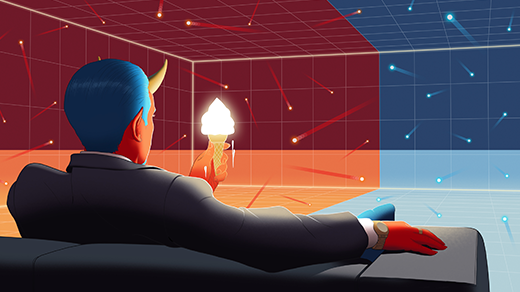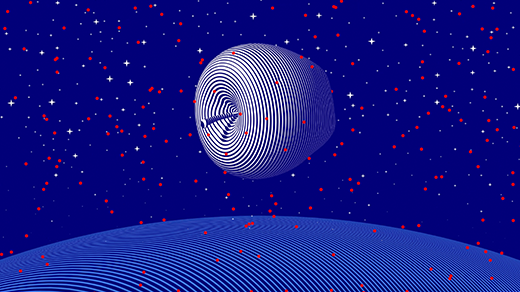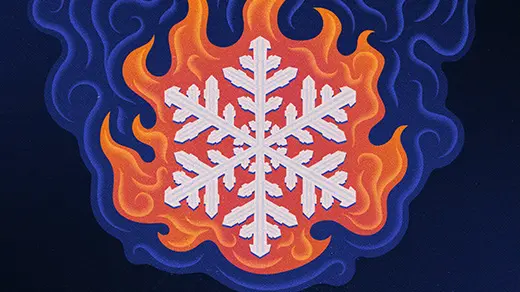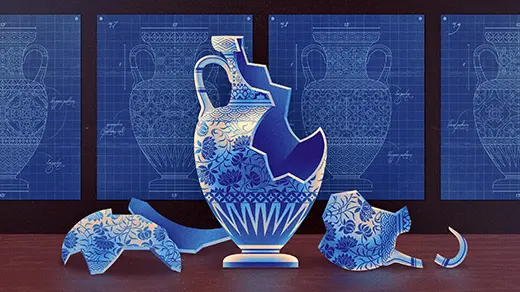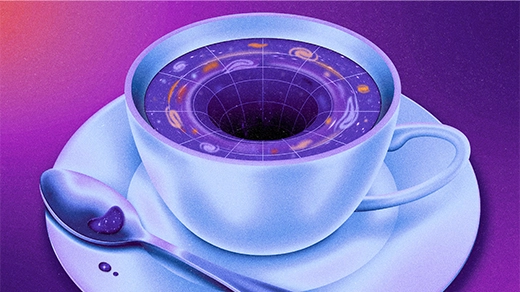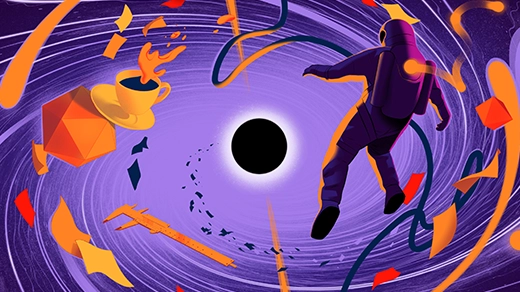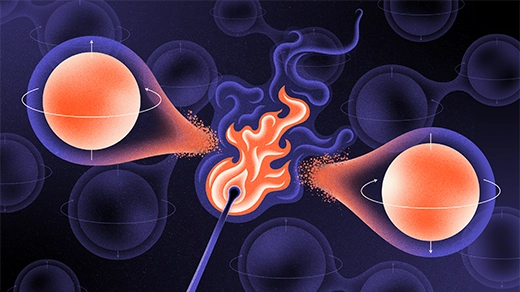What's up in
Thermodynamics
Latest Articles
A Thermometer for Measuring Quantumness
“Anomalous” heat flow, which at first appears to violate the second law of thermodynamics, gives physicists a way to detect quantum entanglement without destroying it.
The Climate Change Paradox
Earth’s climate is chaotic and volatile. Climate change is simple and predictable. How can both be true?
Is Gravity Just Entropy Rising? Long-Shot Idea Gets Another Look.
A new argument explores how the growth of disorder could cause massive objects to move toward one another. Physicists are both interested and skeptical.
Heat Destroys All Order. Except for in This One Special Case.
Heat is supposed to ruin anything it touches. But physicists have shown that an idealized form of magnetism is heatproof.
What Is Entropy? A Measure of Just How Little We Really Know.
Exactly 200 years ago, a French engineer introduced an idea that would quantify the universe’s inexorable slide into decay. But entropy, as it’s currently understood, is less a fact about the world than a reflection of our growing ignorance. Embracing that truth is leading to a rethink of everything from rational decision-making to the limits of machines.
The #1 Clue to Quantum Gravity Sits on the Surfaces of Black Holes
A black hole formula worked out in the 1970s remains the most concrete clue physicists have about the threads of the space-time fabric.
The Unraveling of Space-Time
This special issue of Quanta Magazine explores the ultimate scientific quest: the search for the fundamental nature of reality.
Can Thermodynamics Go Quantum?
The Industrial Revolution brought us the laws of thermodynamics, and new ideas about work, energy and efficiency. In this episode, co-host Steven Strogatz speaks with theoretical physicist Nicole Yunger Halpern about what these concepts might mean in the age of quantum mechanics.
Computer Scientists Prove That Heat Destroys Quantum Entanglement
While devising a new quantum algorithm, four researchers accidentally established a hard limit on entanglement.
